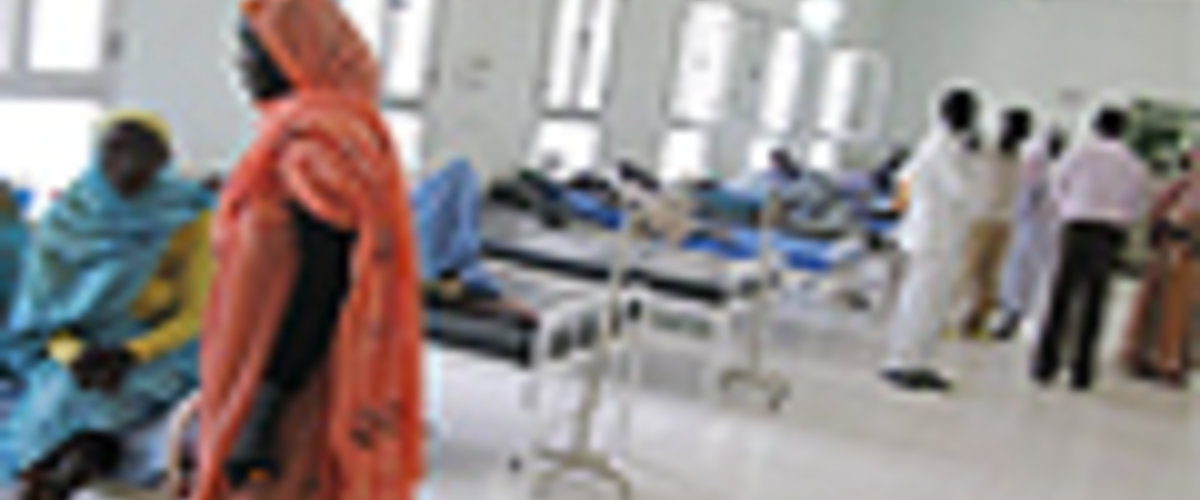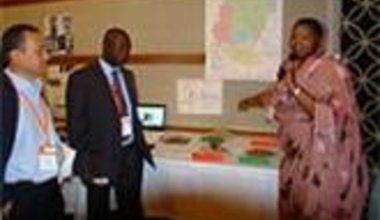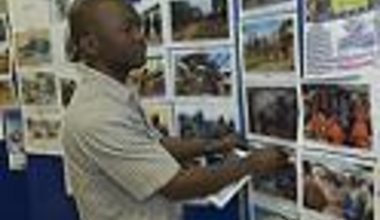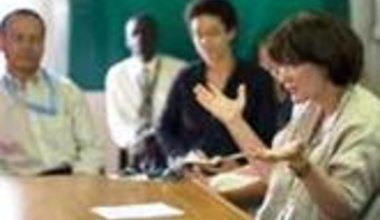Beds, nurses and drugs
Devastated by Sudan's long-running civil war, the health sector in Ed Damazin is struggling with limited space, medical staff and drugs as well as a disease-infested environment.
An estimated 600 patients arrive at the Blue Nile State hospital each month, but the facility is ill-equipped to treat them, according to its director general, Fat'h Arraman.
Tragically, due to insufficient space, patients suffering from different diseases like HIV/AIDS, malaria and typhoid are sometimes indiscriminately placed in the same ward, said the hospital's tuberculosis (TB) director, Saad Ahmed.
As TB is a contagious, airborne disease, patients recovering from it could be re-infected, or could pass the life-threatening illness on to someone with a different ailment, Mr. Ahmed said.
The hospital also suffers from a lack of medication to effect cures. "On several occasions, the drugs the hospital gets from the Ministry of Health and UNICEF are in short supply," the director general said.
And it has few qualified medical personnel to administer treatment. "The facility is hampered by inadequately trained staff, especially nurses and midwives," said Mr. Arraman.
The 2008 Sudan Household Survey put maternal mortality in the state at 515 deaths per 100,000 live births, said Ms. Sheikali.
"We want to change the mindset of the village mothers from their belief that giving birth at home is safer that giving birth at the hospital," said Ms. Sheikali.
Environmental challenges
Another problem facing the health sector is the state's poor drainage network.
"The land is relatively flat. That means that holes dug in town (such as those for moulding bricks and those for quarrying the earth for road development) fill up with water during heavy downpour," said Monsier Elias Abdalla, chairman of the Sudanese Environmental Conservation Society (SECS) in Blue Nile State.
"These holes become a breeding ground for malaria-infected mosquitoes," the chairman said, adding that the Ministry of Physical Planning was working on a rainwater drainage system to alleviate the problem.
As the town continues to expand, its need for improved garbage collection and disposal increases. Lacking garbage collection trucks, the state uses donkey-driven carts instead.
"Given the huge garbage load of 60 metric tons per day, the town becomes littered with plastic bags, rubbish and animal dung that provide favourable habitats for (disease-causing) vectors," the environmentalist said.
 UN
UN United Nations Peacekeeping
United Nations Peacekeeping





